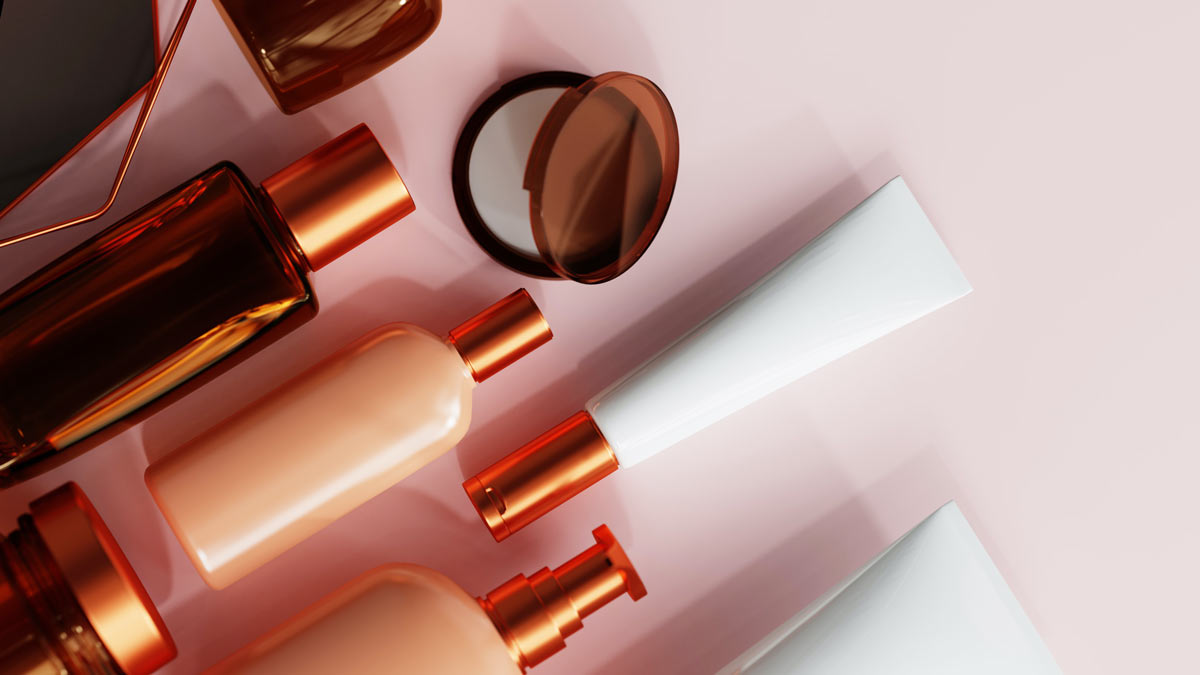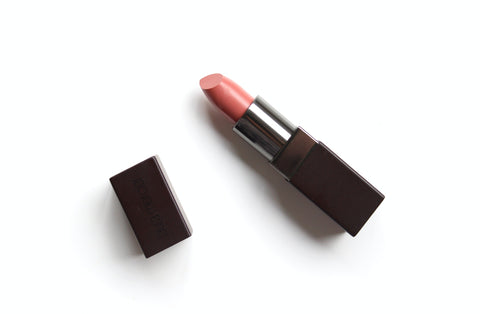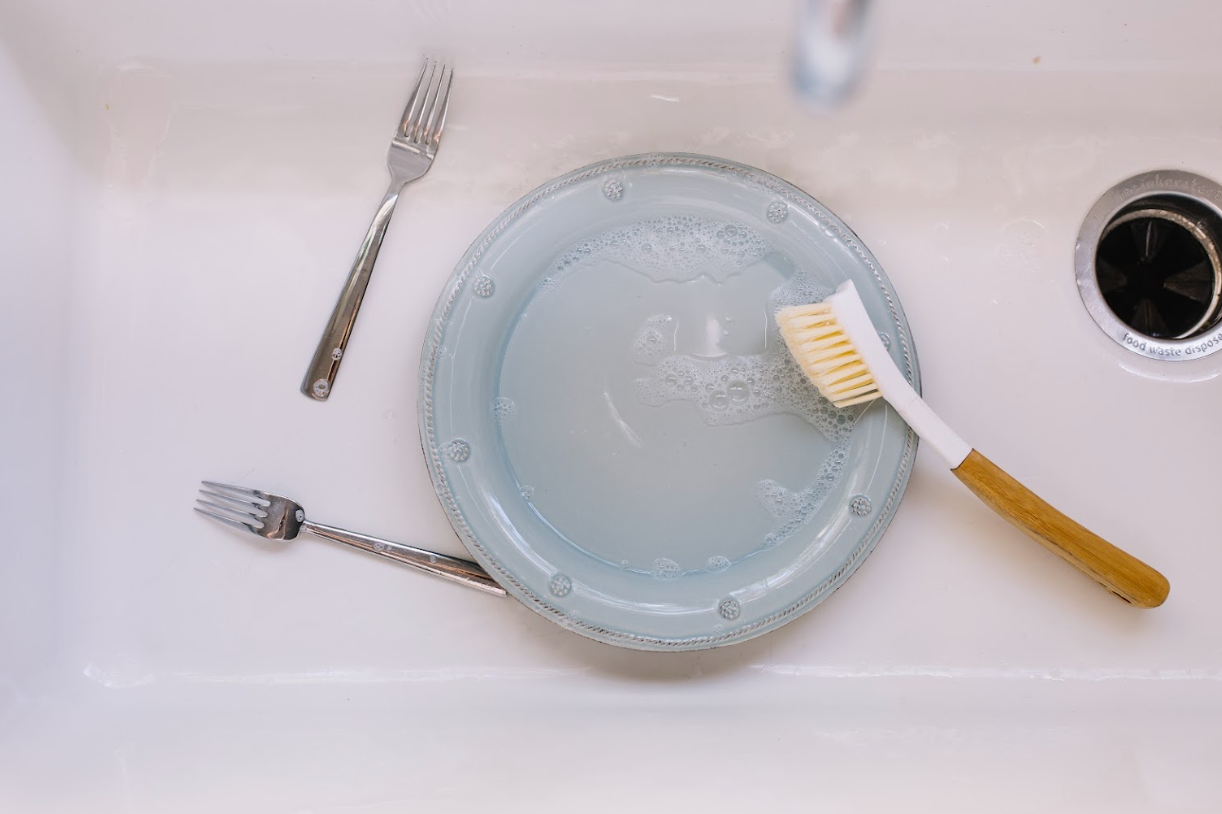
Are Phthalates Safe?
You see phthalates in soap, lotion, and hundreds of other personal products. In fact, they're so popular that they're commonly referred to as "the everywhere chemical." So what are phthalates used for – and is it possible to avoid them?
What Are Phthalates?

Also known as phthalate esters, phthalates are a group of man-made, colorless, odorless, oily chemicals.
They’re one of the reasons why products like plastic packaging are more durable. But they can also be found in personal care products like shampoo, hair spray, nail polish, and lotion.
Not-So-Fun Fact: Certain phthalates are known endocrine disruptors.
What Are Phthalates Used for?

Since they're most often used to bind ingredients and help fragrances last longer, phthalate uses are wide-ranging in cosmetics, personal products, and household cleaners.
They can also be used to make plastics softer, more flexible, and transparent.
Where Are Phthalates Found?

Referred to as "the everywhere chemical," avoiding phthalates can be tricky. You can find them in:
- Children’s toys
- Personal care products (like soap, cosmetics, & shampoo)
- Food packaging and wraps
- Detergents
- Household cleaners
- Medical devices
- Clothing
- Furniture
- PVC plumbing
- Vinyl flooring and wall coverings
How Does Phthalate Exposure Occur and How to Avoid It?

Phthalate exposure can happen in several ways:
- Consuming food and beverages stored in containers that use phthalates.
- Absorbing phthalates in products like soap, shampoo, perfumes, and lotion via skin contact.
- Breathing air that contains phthalate particles and vapors (which can be released from household furnishings, sprays, and cleaners).
- Phthalate-containing products being placed in children's mouths.
You can avoid exposure to phthalates in the following ways:
- Select products that are labeled “pthalate-free”.
- Avoid using air fresheners and scented candles.
- Choose skin care products like shampoo and lotions that are fragrance free.
- Wash your hands thoroughly with soap and water after handling products that may contain phthalates.
- Avoid using nail polish and cosmetics that may contain phthalates.
- Avoid using vinyl flooring and wall coverings.
- Choose metal or glass water bottles instead of plastic.
- Avoid microwaving food in plastic containers because phthalates can leach into food when heated.
How to Identify Phthalates in Products

Under the Fair Packaging and Labeling Act, all manufacturers and producers are required to disclose ingredients to consumers. To identify makeup and personal care products that contain phthalates, look for three or four-word acronyms that refer to their chemical structure, like:
- DEP: Diethyl phthalate
- DMP: Dimethyl phthalate
- DBP: Dibutyl phthalate
- DINP: Diisononyl phthalate
- DNOP: Di-n-octyl phthalate
- BBP: Benzyl butyl phthalate
The most common phthalates are:
The European Commission banned all forms of toys and childcare articles containing more than 0.1% of dibutylphthalate due to its high toxicity. It is also known to be carcinogenic. The U.S. Consumer Product Safety Commission banned it, along with 7 other phthalates, in 2017.
Also known as Butyl Phthalate, Dibutylphthalate held a 75% share of plasticizers before it was banned.
It is still being used in other items, such as in cosmetic products. However, more companies have decreased their use of this harmful substance on a voluntary basis.
Dimethylphthalate is also a known toxic substance, particularly as a developmental and reproductive toxic ingredient.
The US Food and Drug Administration reported rare detection of dimethylphthalate when they conducted an assessment in 2010. This meant more manufacturers have discontinued this substance in personal care products and cosmetics.
There still remains diethylphthalate in the market and it’s especially used in fragrances. The Cosmetic Ingredient Review (CIR) Expert Panel continues to believe phthalates, including diethylphthalate, remain safe at their current concentrations in cosmetics.
Avoid products with fragrance if you want to avoid diethylphthalates.
Choose Fragrances Wisely
Flavor and fragrance are considered “trade secrets.” That means the FDA doesn’t require manufacturers to disclose their ingredient lists – even though there can be hundreds of ingredients in a fragrance! This makes it incredibly difficult to know how to identify phthalates in products.
If you choose any scented products, make sure they're formulated with essential oils (not synthetic fragrances). You know, like the entire Puracy product lineup!
Choose Smarter Packaging
Whenever you buy plastic goods, avoid products that are labeled with the number 3 and the letters “V” or “PVC.” It’s preferable to select plastics that are labeled with the numbers 1, 2, 4, or 5.
All of Puracy's bottles are made of PETE 1. This BPA-free, inert, highly-recyclable plastic doesn't include phthalates and won't leach into products. You can also ditch the plastic bottles altogether, by using a reusable, built-to-last glass bottle.
Are Phthalates Dangerous?

Phthalates make up a huge class of chemicals, each with a slightly different chemical structure. Over the past few decades, multiple studies have suggested a link between exposure and a wide range of health and developmental problems, including:
- Asthma
- Behavioral issues
- Breast cancer
- Early-onset puberty
- Male fertility issues
- Obesity
- Reproductive development problems
But are phthalates really bad? We’ve compiled a list of studies that may answer this question:
1. Phthalates Are Linked to Cardiovascular Problems
A 2021 study found that adults with the highest concentrations of phthalate levels in their urine had a greater likelihood of all-cause and cardiovascular mortality. Though more definitive research needs to be done – especially when it comes to hormone disruption and inflammatory response – these findings are particularly damning.
2. Phthalates Are Linked to Lowered Testosterone Levels
Declining testosterone levels in all populations has also been linked to elevated phthalate exposure. This follows a similar trend of reduced semen quality in men and genital defects in male newborns. Low testosterone levels in boys can cause serious reproductive development issues, as well as libido and cognitive function later in life.
3. Phthalates Are Linked to Birth Defects
Classified as endocrine-disrupting chemicals (EDCs), phthalates interfere with thyroid and sex hormone production. Because they've been shown to cross the placenta, expectant mothers should be especially mindful of avoiding phthalates.
Another recent study on expectant mothers and phthalate exposure revealed suspected links to “preterm birth, preeclampsia, maternal glucose disorders, infant cryptorchidism, infant hypospadias, and shorter anogenital distance in newborns.”
Puracy: 100% Phthalate Free & 100% Guaranteed

In fact, we're so confident in our award-winning household cleaners and full lineup of personal care essentials, they're backed by a 100% money-back guarantee!


























